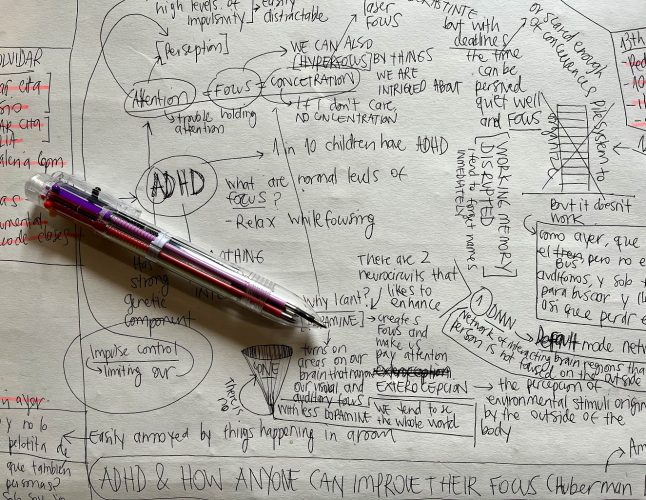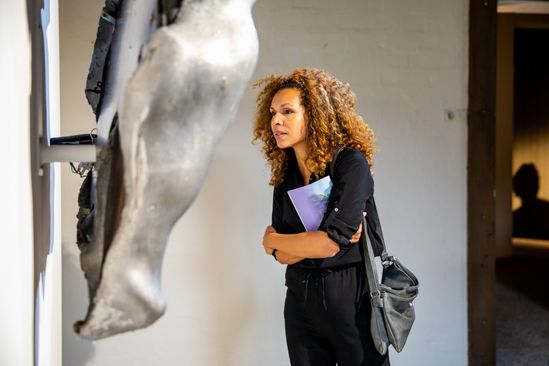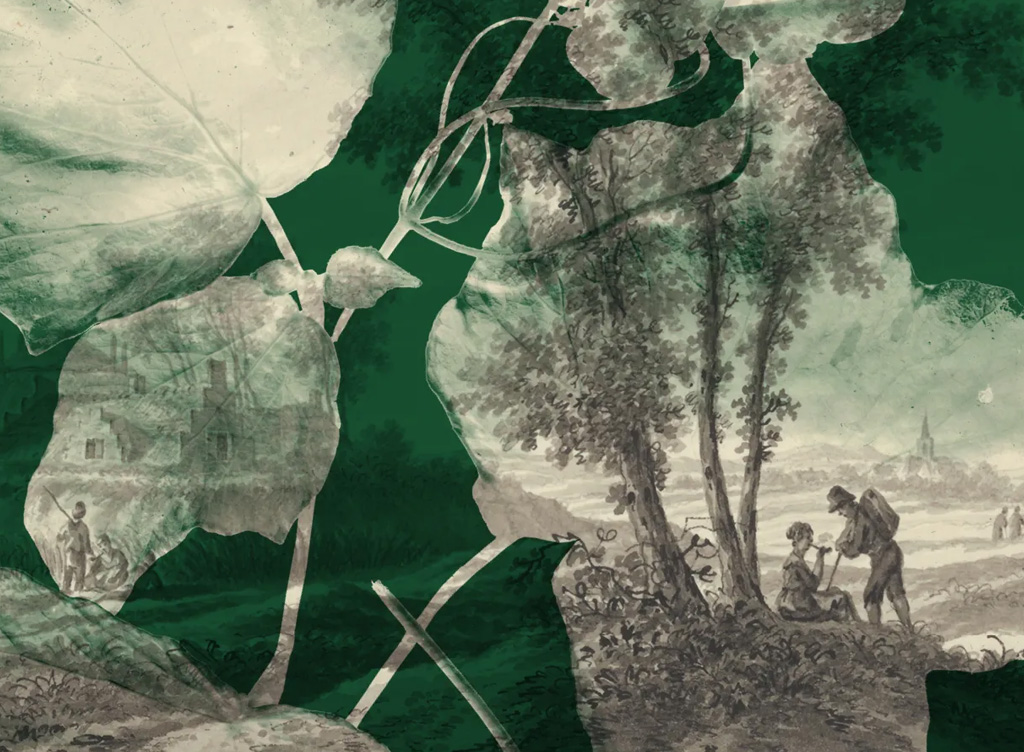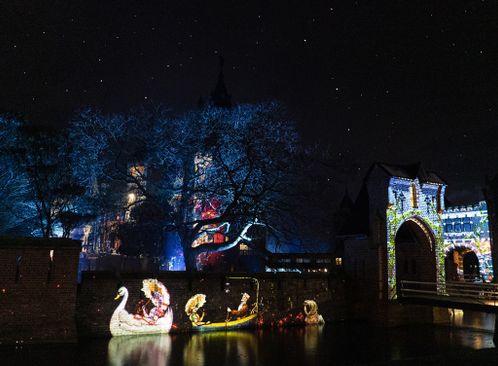Could there be a better place to hold an exhibition about our hectic society, with its constant stream of triggers and stimuli, than the peace and quiet of a serene priory? ‘We are inviting visitors to become part of an experience.’
Today’s world is bursting with stimuli. Some would say far too many stimuli. We’re online and available all day long, inundated with information, images and sounds, with very few places where it is quiet or even dark at night. We are constantly on stand-by, and we’re paying the price: take the fact that 1.2 million people in the Netherlands are suffering from burn-out.
But we’re also becoming more critical about the volume of input. Why do we allow outside influences to have such a huge impact on us? Why are we constantly overloaded, and why don’t we pay more attention to the signals our bodies are trying to send us? And: what can we learn from neurodivergent people, people with autism or ADHD, for example, who process stimuli in a different way? The PRIKKEL exhibition at Buitenplaats Doornburgh addresses these and other questions. We asked theatre maker and instigator Boukje Schweigman, and Joanna van Dorp, managing director of Buitenplaats Doornburgh, to tell us more about this unique exhibition.
Hard metal
‘My daughter struggles with a sensory integration disorder. She has no filter for the stimuli that reach her; everything is equally loud, bright or hard’ explains Boukje. ‘I wanted to understand how she, and people like her, experience the world. After some research, my fascination with the subject eventually led to this exhibition. How do our bodies and brains process stimuli? And what about labels like autism, HSP and ADHD, which are all linked to the processing of stimuli? Aren’t we all over-stimulated in this society?’
PRIKKEL, a collaboration between HKU University of the Arts and UMC Utrecht, brings together the perspectives of scientists and artists in an attempt to clarify as many facets of this theme as possible. The venue was chosen for its lack of stimuli, says Joanna van Dorp. ‘Doornburgh Priory is quiet and serene, with bare, sober architecture, so that the nuns would not be distracted from their spiritual work. It’s the ideal setting for an exhibition like this.’
The exhibits in PRIKKEL are displayed in cabinets around the beautiful priory courtyard. The majority are installations that visitors can actually connect with. ‘It’s much more than looking at pictures,’ according to Joanna. ‘We want to invite people to become part of an experience. For example, in one of her pieces of work, Silvana Hurtado-Dianderas uses videos, objects and mind maps to guide you along the path that her brain takes. She has ADHD and PTSS, and relaxes by watching countless TikTok films and listening to hard metal.’
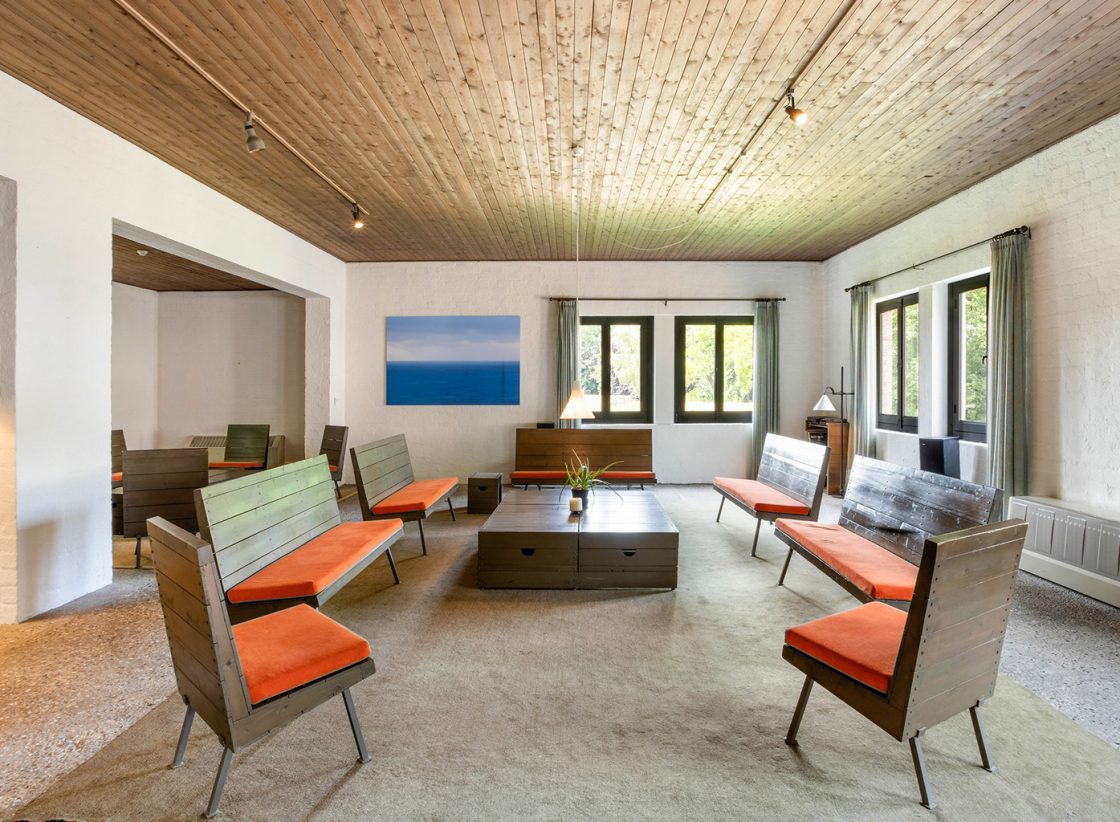
Guineapig
Boukje herself also made installations for the exhibition, together with artist/performer Johannes Bellinkx. They examined the different ways that people perceive their surroundings, and how you can play with the senses. They discovered that as well as the five senses set out in our biology books, we have at least another three. Hearing, seeing, smelling, tasting and touching help us to perceive the outside world, but we also have senses that perceive our own bodies. They include the vestibular system, proprioception (the sensors in your muscles that know where your body ends) and interoception (senses that interpret signals from your body such as hunger, thirst, heat and cold). Boukje: ‘Our senses for processing internal and external stimuli have a lot in common. If the sense of your body is under-developed, you’ll experience external stimuli much more ‘violently’. We explored the phenomenon of the weighted blanket, which stimulates proprioception and calms the body, making external stimuli less overwhelming. One of our installations enables you to experience this for yourself.’
‘I was a guineapig,’ Joanna laughs. ‘They created a vacuum in me. It was an interesting experience, I was one with my body.’
Different wiring
One of the other works in PRIKKEL is the Rubber Hand Illusion, created by experimental psychologist and researcher at Utrecht University, Anouk Keizer. In neurological studies, she uses her creation in such a way that people confuse a rubber hand with their own hand. And then there are the kinetic sculptures by Roos van Geffen, seven mouths grinding their teeth (like the artist), which eventually disintegrate into dust. Designer Deanne Spek, who is on the autistic spectrum, sets up a lab in which she explains about processing stimuli and demonstrates some tools that may help. There’s also a film by Molly Palmer, showing that reality is made up of different layers and that neurodivergent people perceive things differently from non-neurodivergent people.
Boukje: ‘What is reality? Every second, millions of stimuli reach us but only nine of them will reach our conscious brain. There’s a very stringent selection taking place without us even knowing. So we say: that’s real because I can see it. But the wiring in other people’s brains may enable them to make a completely different selection. Who am I to say that what they are seeing isn’t real?’
The idea is that all the different perspectives in the exhibition will push back our current boundaries, says Joanna. ‘This is just the tip of the iceberg, a chance to see what other people’s reality looks like. A chance to stress the fun side of neurodiversity. It would be pretty boring if we were all the same! Seeing the world in an original way generates some wonderful art. Art that questions your own perception and invites you to look at things differently.’
Critical note
But there is definitely room for a critical note, Joanna adds. ‘Why have we organised society in a way that’s pulling the carpet out from underneath our feet? Is it your fault that can’t keep up, or the fault of the current pressure to perform?’ So does PRIKKEL have an undertone of activism? Joanna: ‘We certainly want to ask questions and probe. Take the work by Margriet van Breevoort, for example. She made a totem using piles of brick-shaped people. Super-efficient: when I grow up, I want to be a handy, stackable person. Ha-ha! Sure it’s funny, but it’s also a monstrosity. You can see it as an indictment if you want.’
Boukje: ‘The exhibition is also about feeling empathy for people who function differently – something that’s important in our increasingly polarised world. Let’s engage more with neurodivergent people instead of making fun of them.’
Opens 6 October 2023, Buitenplaats Doornburgh buitenplaatsdoornburgh.nl


